The Kombucha Is In Vogue, Here’s How To Enjoy It
The Living Journey Of Probiotics In Japan
Everything there is to know about Kombucha in Japan, where to get it, and even how to make it.
Raw, organic, and fermented, the simply delicious “Kombucha” took the world by storm, quickly cementing itself as a preferred health drink around the world—including Japan.
Though initially, Kombucha emerged as a desired choice of beverage amongst nutritionists, wellness influencers, and celebrities, it landed its go-to status amongst the masses in no time. While this packaged-with-purpose drink has been enjoying some wholesome success in the western countries since the 1990s, only recently in Japan, the Kombucha vogue has caught up, resulting in a commercially thriving beverage.
The rise of Kombucha in Japan
The exact origins of the drink remain a mystery. Although, it is common to believe that the first recorded use of Kombucha was in 200BC under the reign of Emperor Qin Shi Huang of the Tang Dynasty, who was obsessed with finding the key to everlasting life. Legend has it that the drink traveled from China to Japan around the same period, through a Korean Doctor allegedly named Dr. Kombu.
While the first fermenters of this drink might have been Chinese, the name “Kombucha” sounds rather Japanese. In fact, it’s often mistaken in stores with the kelp tea homonym “Kombucha” – “Kombu” meaning “seaweed” and “cha” meaning tea in Japanese. The two are entirely different drinks with very different palate profiles: the first is an umami seaweed tea, the other being the widely celebrated effervescent, mildly alcoholic fermented beverage.
The promising Kombucha consists of three simple ingredients; tea, sugar, and SCOBY (Symbiotic Colony Of Bacteria and Yeast),” also known as “The Mother.” The characteristic looking mother is a gelatinous hunk of bacteria and yeast, which floats atop tea, slowly turning it into a live probiotic kombucha drink.
During the 1970s, the Kombucha was popular in Japan but mostly limited to home brewing in small batches. Over the past decade, this edgy microbial drink has made a steady comeback, now produced commercially, and establishing itself as an influential player in Japan’s beverage economy.
According to verified market research, the Kombucha market in Japan is predicted to reach $145.30 million by 2027 compared to $33.48 million estimated for 2019. This huge predicted jump showcases the beverage’s commercial success Kombucha is having in Japan.
Is Kombucha (really) golden for the body?
Healing powers or other culinary fad? At the moment, there is not enough scientific research to support the health claims regarding the tea’s ability to fight cancer, detoxify the body, or stop the aging process. That said, the tea is a source of probiotics – live microorganisms that promote good gut health through healthy bacteria-, antioxidants, B vitamins, and trace minerals, all of which have health benefits when consumed in moderate quantities.
Kombucha isn’t exactly a definite cure for any sickness but instead, a supplement of a kind. However, overindulging in Kombucha can also be detrimental to your health, increase your calorie intake, cause sudden weight gain, bloating, gas, and even diarrhea.
To reap the best benefits of Kombucha, limit your intake to around 200 ml per day, always choosing a Kombucha with no more than 50 calories per serving. Prefer a low-sugar, low-calorie product made from high-quality ingredients. A typical bottle of unflavored Kombucha contains somewhere from 30 to 40 calories, making the beverage an easy supplement to add to your meals.
Where to shop for some precious Kombucha in Tokyo
1. Wow Kombucha
Wow Kombucha pegs itself as the best mid-day snack and even negotiates to replace the after-hours beer with one of their Kombuchas. Packed with a powerful fizz, this extremely satisfying drink may send you down a Kombucha buying frenzy. A part of the fruit juice company Wow-Food Inc, Wow Kombucha was launched just recently, in May 2020.
Available in three flavors; ginger and lime, pomegranate and apple, and mixed berry.
Found in select Family Marts and Seijo Ishi priced at ¥248 Yen+tax for a 300ml pet bottle.
2. Culture and Leaf
The snazzy-looking bottles of Culture and Leaf are sure to turn heads in the grocery store, all credits to their R&D team, skillful branding, and design. These ready to drink Kombucha bottles come in three different flavors ensuring to take care of your different needs:
- Detox: Ginger Cinnamon
- Refresh: Peppermint
- Relax: Lavender Chamomile
Available for purchase from stores like Natural lawson and Seijo Ishii, and online on Amazon Japan. The market price for a 250 ml bottle is ¥298+tax.
3. Kombucha Ship
This kombucha producer is the largest in Japan, known for using only organic and pesticide-free ingredients. Kombucha Ship is a part of the 100-years-old Oizumi corporation distributing to over 40 stores and Kombucha tap bars/restaurants. They only distribute in kegs, not bottles, so if you are craving a taste of their concoctions, plan a visit to any of their Tap bars.
Restaurants where you can sip locally brewed Kombucha in Tokyo
1. Oizumi Kojo
Oizumi Kojo, located in Nishi Azabu and Omotesando, is Tokyo’s first Kombucha Tap bar; here, the fizzy comes in original plain flavor, Shiso leaf flavor, Yuzu fruit flavor, and Kuwa (Mulberry leaf) flavor. The menu also serves organic coffee, cold press juices, raw juices, and juice shots, along with plant-based bowls and soups
- Nishi Azabu Branch Location: 2-13-13 Nishiazabu, Minato City, Tokyo 106-0031
Operating hours: 9 a.m. – 7 p.m.
Price range: Starting at ¥800+tax for a glass of Kombucha or a snack - Omotesando Branch Location : 3 Chome-13 Minamiaoyama, Minato City, Tokyo 107-0062
Operating hours: 9 a.m. – 8 p.m.
Price range: Starting at ¥800+tax for a glass of Kombucha or a snack
2. Trueberry
Trueberry is a vegan, all-natural, and organic cafe located in Shibuya. The brand advocates for fatigue recovery, beautiful skin, and vitality through its elaborate vegetable menu bowls, hot smoothies, soups, and, of course, the Kombucha. Here, you can sip on three flavors: plain Kombucha, green tea and lemon, and black tea and blueberry.
- Shibuya Location: 150-6101 Tokyo, Shibuya City, Shibuya, 2−24−12 Scramble Square 7F
Operating Hours: 11 a.m. – 9 p.m.
Price range: Plain Kombucha starting from ¥900 onwards
3. The Cleansing Café
The Cleansing café in Daikanyama is a joint venture by two sisters – Maikiko and Tomoko, also known as the cleansing sisters. They work under the principle of promoting healthy living through holistic meals along with cleanses of cold press juices, symbiotic soups, or plain Kombucha–which is also available online on their website.
- Daikanyama Location: 150-0033 Tokyo, Shibuya City, 9-8 Sarugakucho, Urban Park Daikanyama II 212
Operating Hours: 10 a.m. – 7 p.m.
Price range: A 220 ml bottle of a Kombucha bottle is for ¥1,080+tax
4. Elle Café
Elle café in Aoyama is one chic yet classic café, particularly so as it embodies the Elle magazine spirit, being a part of a tie-up. An extensive low-carb, vegan, and organic menu is at your disposal here, in case you are feeling a bit peckish. Kombucha here comes in three exotic flavors: passionfruit ginger, lychee rose, and pomegranate berry. Though currently, the café stands closed since September 2020, online purchases are still possible. A 300ml bottle of Kombucha is available for ¥3,024, excluding tax online.
- Aoyama Location: 150-0001 Tokyo, Shibuya City, 5-51-8 Jingūmae
Operating Hours: currently closed
Price range: A 300ml bottle of Kombucha is available for ¥3,024, excluding tax online.
Feeling adventurous? Try home-brewing!
Kombucha’s growing trend and its low-cost production have given birth to the new age homebrewers, who also go by the name “Kombucha Alchemist” in brewing circles.
These homebrewers have the liberty to experiment with varied ingredients, from seasonal produce off farmers market to dried flowers, hops, and even herbs, breathing a sense of creativity into the process.
And while you are at play, there are no rules. Winter brews range from Apple vanilla to ginger, carrot, and galangal. Spring blends delve into cherry, sakura, strawberry, lavender, or hibiscus. In contrast, the summer blends can be anything from melon mint to lemon cucumber or watermelon jalapenos. Lastly, the fall dream brews are made of persimmon, clove, pear, juniper berries, cinnamon, and pumpkin spice.

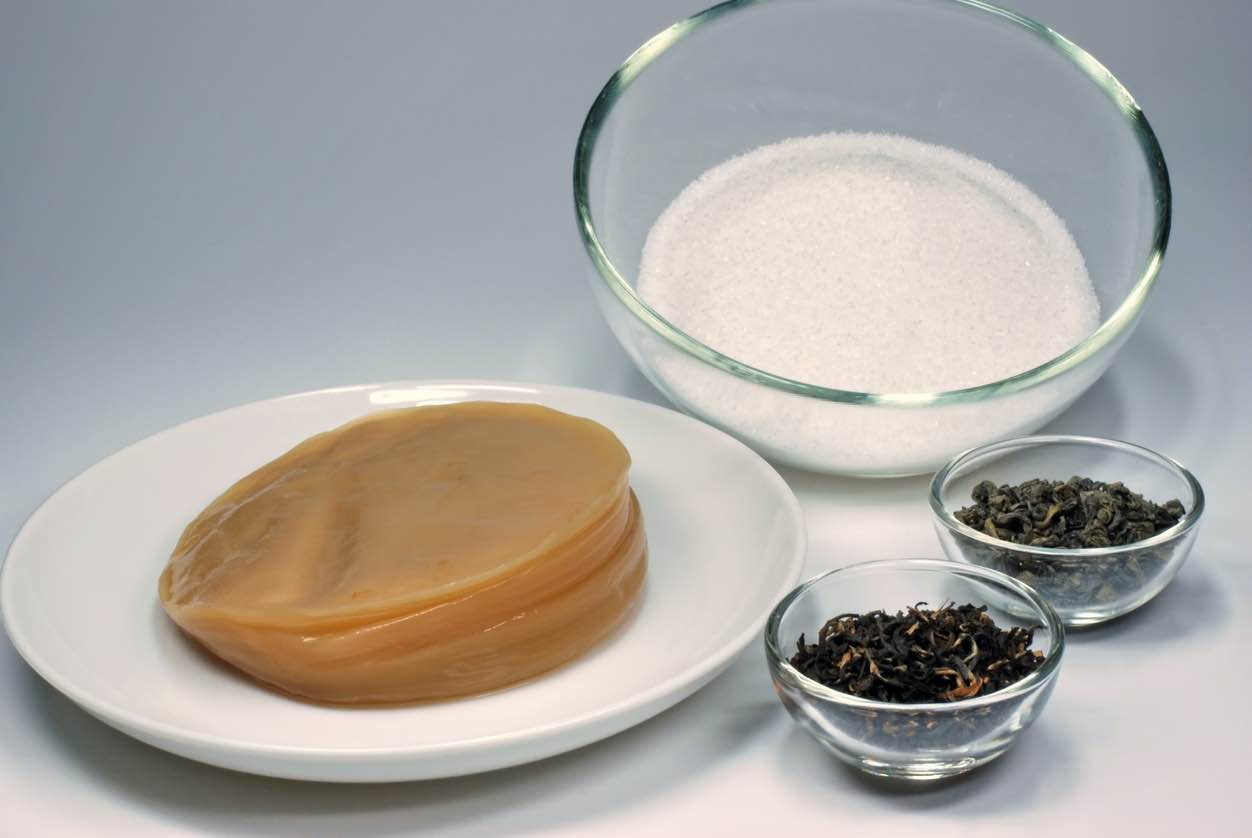
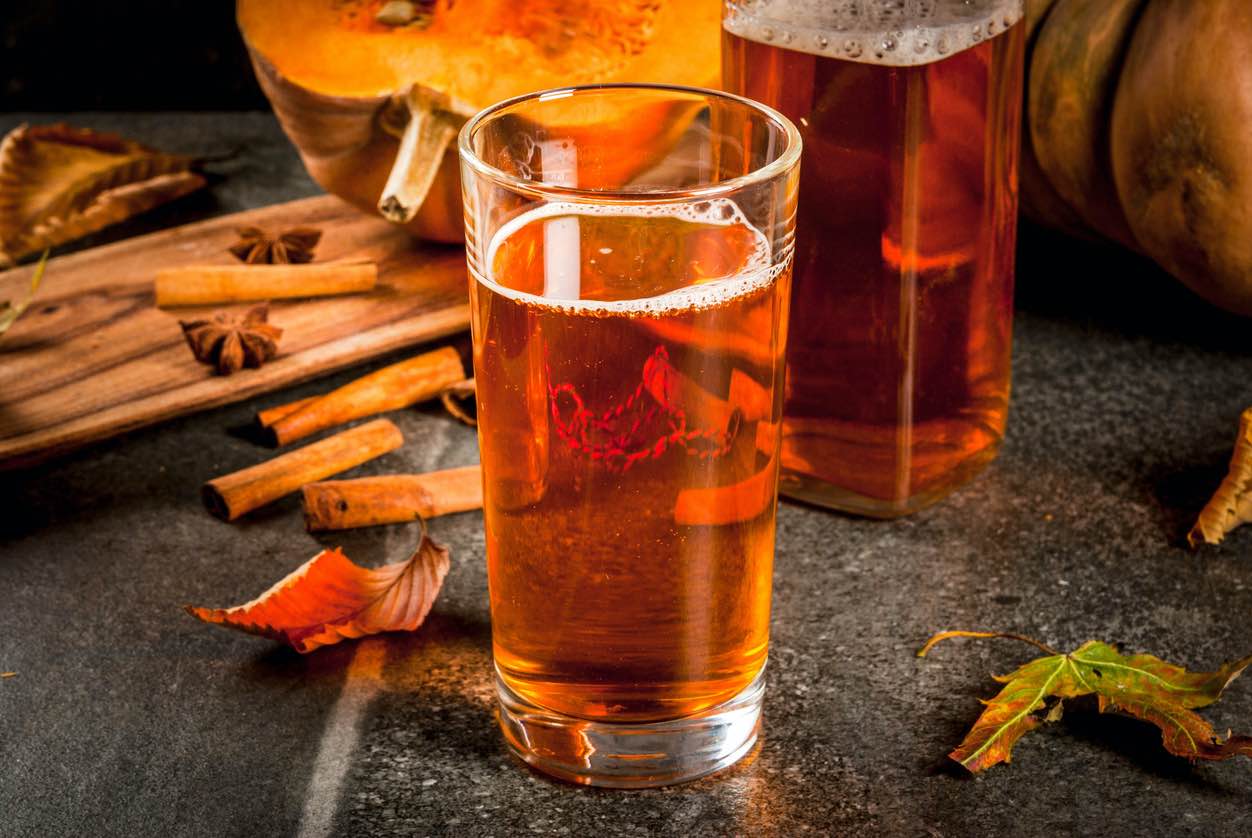
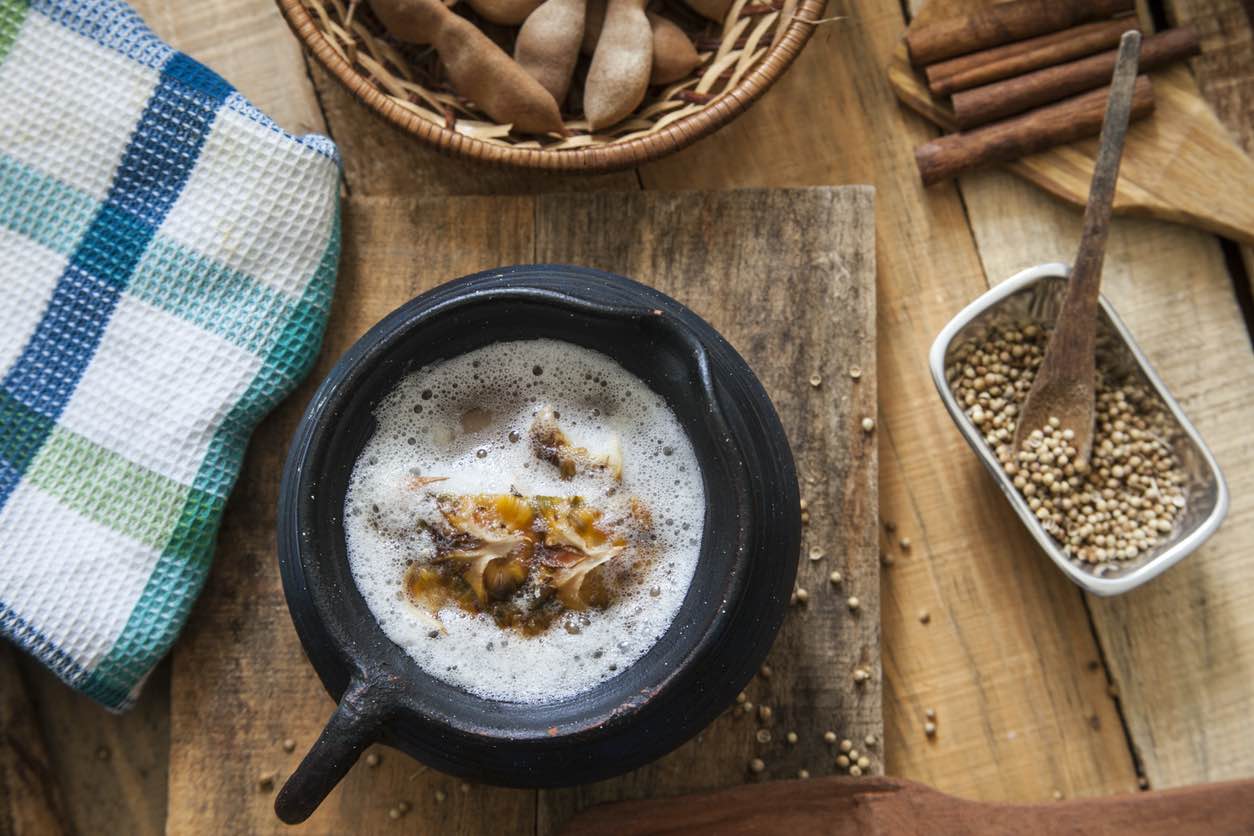






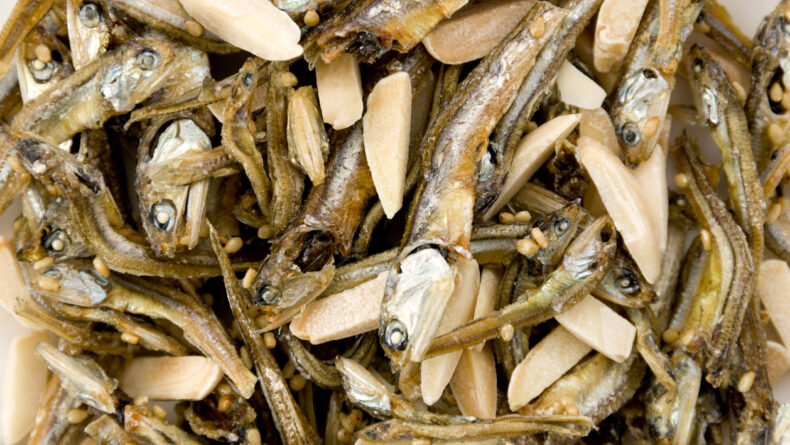
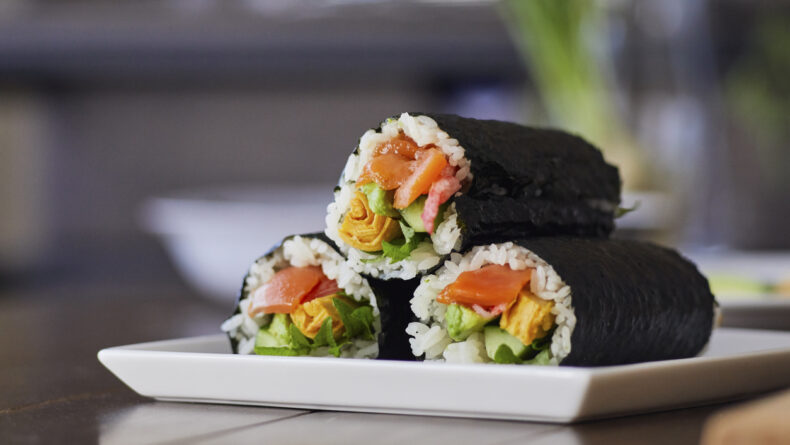
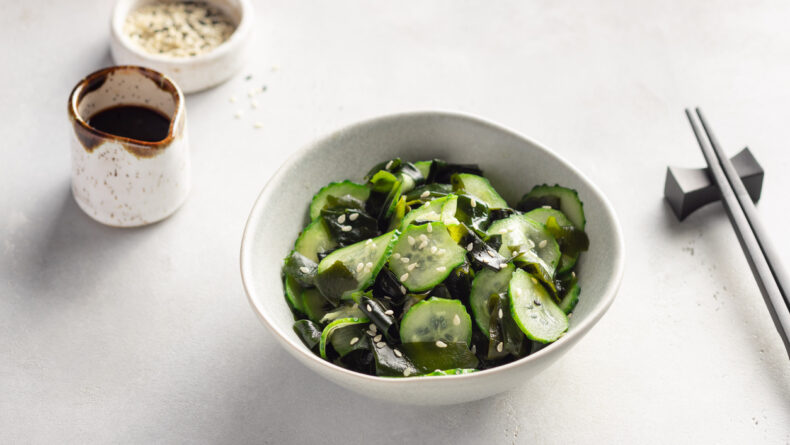
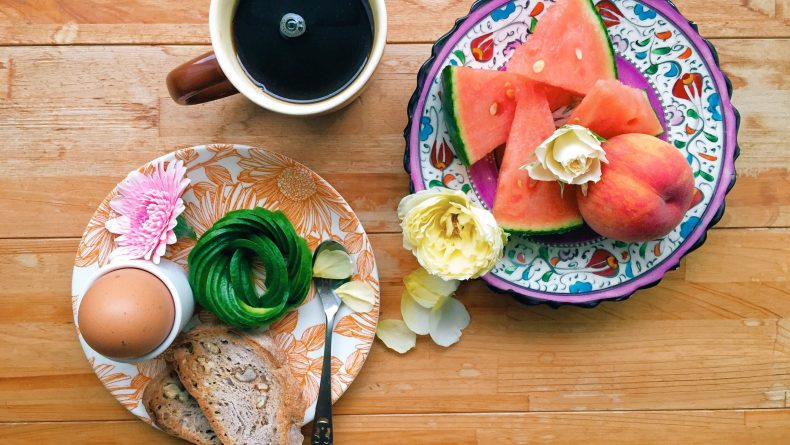
Leave a Reply